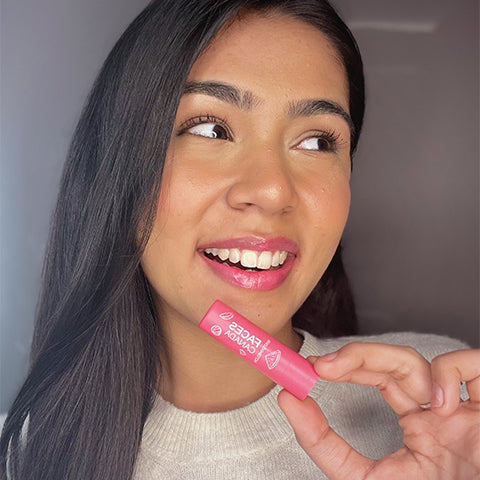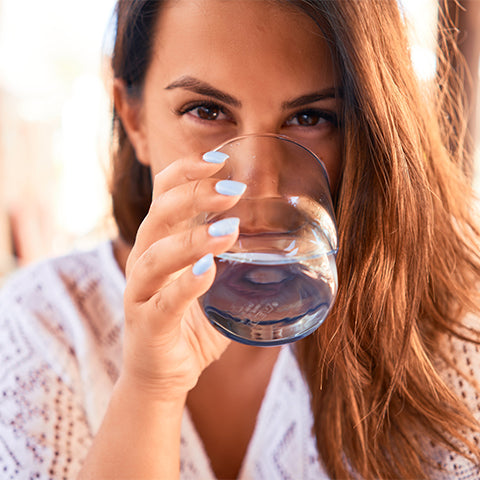How to Protect Your Skin From Sunburn In the Scorching Summers
Everybody loves Vitamin D but who likes getting a sunburn? Getting enough vitamin D from the sun is essential to your health. Prolonged exposure to the sun, however, can lead to sunburn if you are not careful. In fact, a mere 15 minutes in direct sunlight is enough to cause serious damage.
Sunburn causes your skin to become red and blister, resulting in damage to the outer layers of the skin. Even one bad sunburn can cause long-term skin damage and increase the risk of skin diseases.
The question is: how can we guard against burns while having fun during the hot summer days? Well, just a few simple changes in your beauty routine and lifestyle can do the trick. We offer a few suggestions in this article.
What Is a Sunburn?
Sunburn skin occurs when ultraviolet light (UV) damages the top layers of the skin. It all revolves around melanin, a pigment necessary for your skin to maintain its color and be protected from the sun.
Those with lower melanin levels may experience sunburn due to prolonged, unprotected sun exposure, which causes their skin cells to turn red, swell, and become painful.
Tips to Protect Yourself From Getting Sunburnt
#1 Avoid Peak Sun If Possible
The first step of sunburn prevention is to try to avoid going out between 11 a.m. and 4 p.m., when the sun is at its peak. During this time, the sun is at its hottest, increasing the likelihood of sun damage. However, the exact time can vary depending upon the climatic conditions where you live.

A simple shadow test can show you how strong the sun's rays are: if your shadow is shorter than you are, then the sun's rays are the strongest, and you need to protect yourself.
#2 Use Sunscreen, ALWAYS!
The simplest and most effective method of sun safety is to use sunscreen lotion. Make sure that you apply the lotion evenly to every exposed part of your body, including your face, hands, and legs. Choosing the correct SPF is also important.

SPF refers to the degree of protection that sunscreen lotion offers against the harmful effects of UV rays. It is recommended that you use sunscreen with an SPF of at least 15, although you can go as high as 50.
Consider these points when using sunscreen:
- Apply the lotion at least 30 minutes before you go outside.
- If you plan to spend a lot of time in the sun, reapply sunscreen every two hours.
- Reapply sunscreen after you get out of the water if you are going swimming.
- Choose a broad-spectrum sunscreen that provides sunburn protection against both UVA and UVB rays.
#3 Use Makeup with SPF
Putting sunscreen on top of your perfectly contoured cheekbones does not seem appealing. In spite of this, you cannot ignore the necessity of protection when you attend outdoor events. This is where makeup products with SPF come in handy.

For example, you can simply choose a CC cream with SPF to replace your foundation—they are the most lightweight options for giving you coverage while protecting skin from sunburn. You can also use sunscreen infused compact powders to touch up your makeup when necessary.
#4 Protect Your Lips
It's common knowledge that you should use sunscreen on your face and body when you're outside, but you might not be aware that your lips need protection too. Getting too much sun can result in sunburned, irritated lips, which can make eating or drinking painful.

Hence, we advise using a lip balm with SPF protection if you plan to be outside in the sun. You may need to reapply lip balm throughout the day for maximum protection since your lips are used for talking and eating, which can cause sunscreen to wear off faster.
#5 Choose Your Clothes Wisely
If the weather is particularly hot, then you should choose an outfit that covers as much of your body as possible. This means wearing clothes that protect your skin from the harsh rays of the sun.

Therefore, rather than wearing a polo t-shirt with shorts, you can wear an Oxford shirt with jeans or trousers. Similarly, you can wear arm sleeves when you are riding a two-wheeler and remove them when you get to your destination.
#6 Wear a Hat
The brim of your hat should extend at least 2 to 3 inches all the way around, so it protects against sunburn on face, ears, eyes, forehead, nose, and scalp— areas that are often exposed to the sun.

An underside that is dark and non-reflective can also help lower the amount of UV rays that reach the face when reflecting surfaces—such as water on the beach—are around.
#7 Don’t Forget to Wear UV Protected Sunglasses
You have more sensitive skin under your eyes than anywhere else on your face. Extended exposure to the sun can also cause corneal sunburn, which is very painful. That is why we recommend wearing UV-protected sunglasses when you're out in the sun.

It is important to choose a lens size that covers your entire under-eye area. You should look for a label that says "100% UV protection" or "UV 400" for proper protection.
#8 Stay Hydrated
Sun exposure causes your skin to lose moisture and makes it more susceptible to sunburn. Hence, drink plenty of water throughout your time in the sun to avoid dehydration.

Caffeine and alcohol can also dehydrate your body, so stay away from these substances.
#9 Eat the Right Food
Our diet is often overlooked as a means of adapting to our external environments through each season. Nevertheless, it acts as a powerful way to avoid getting sunburn by giving us nutrients that provide protection as well as assisting in our skin's renewal.

For instance, diets rich in omega-3 fatty acids, vitamin C, and beta carotene will help your skin in defending itself against the sun.
The Bottom Line
No matter what the weather is, protecting yourself from the sun is important. The use of sunscreen, however, is not enough since no sunscreen, no matter how high the SPF, provides 100% protection.
For this reason, we have developed an array of tips for protecting your skin from sunburn. Feel free to let us know your experience in the comments section.






